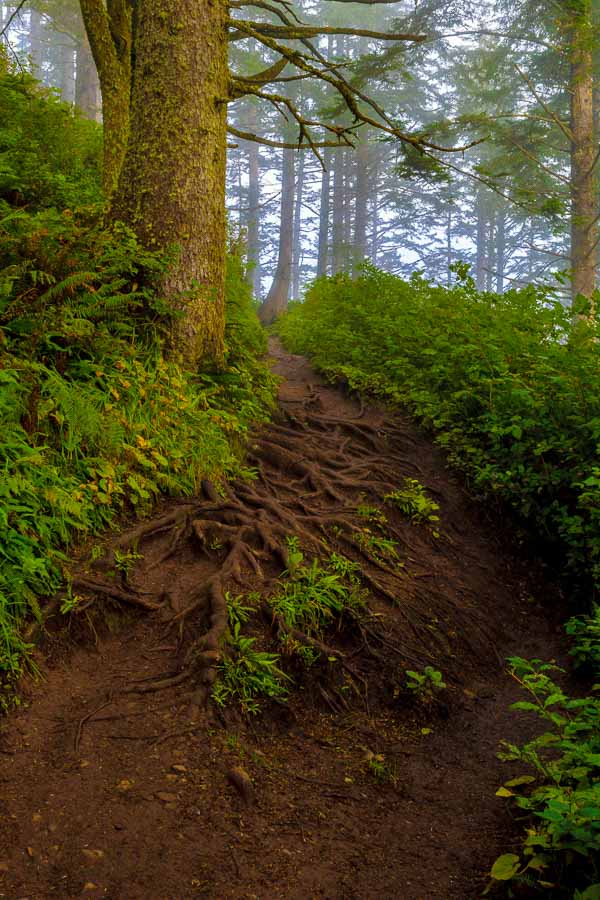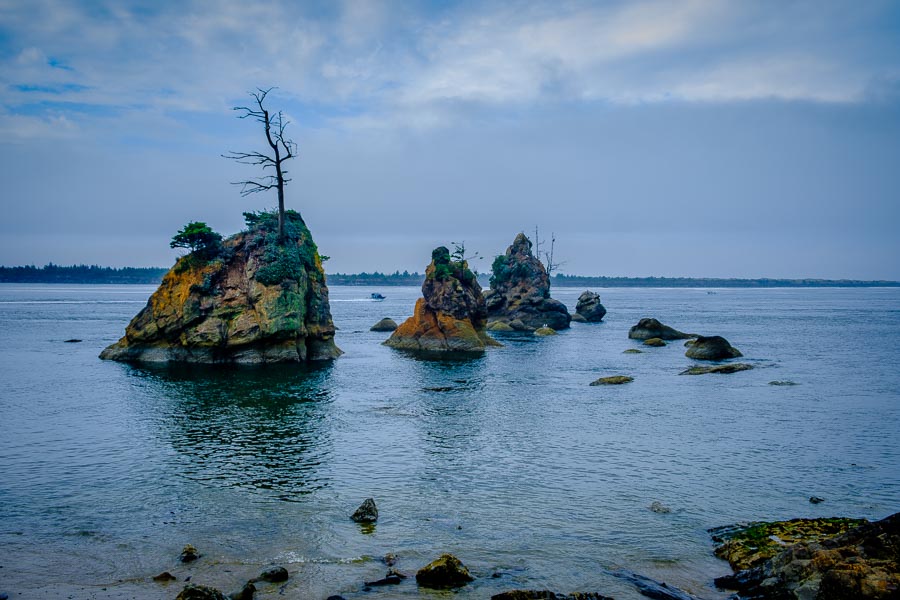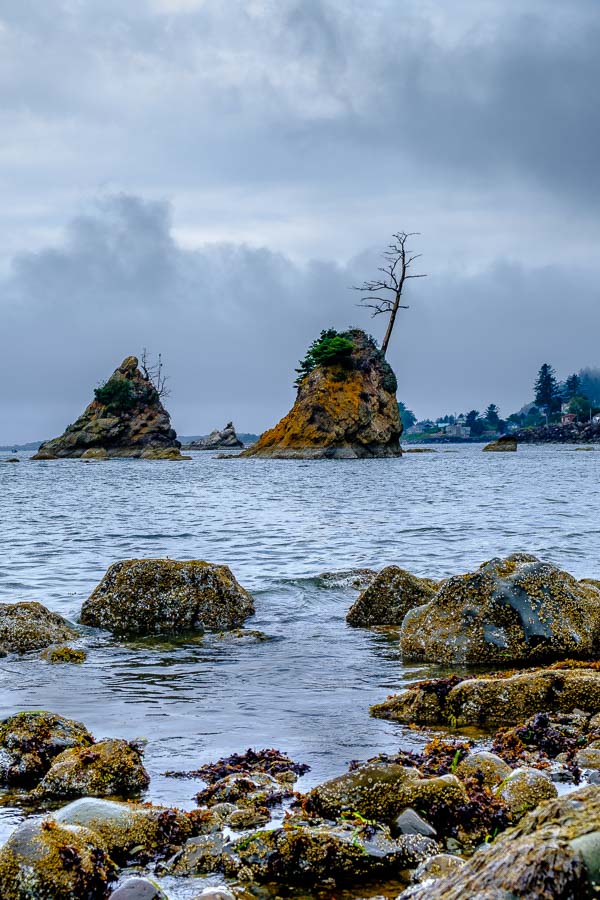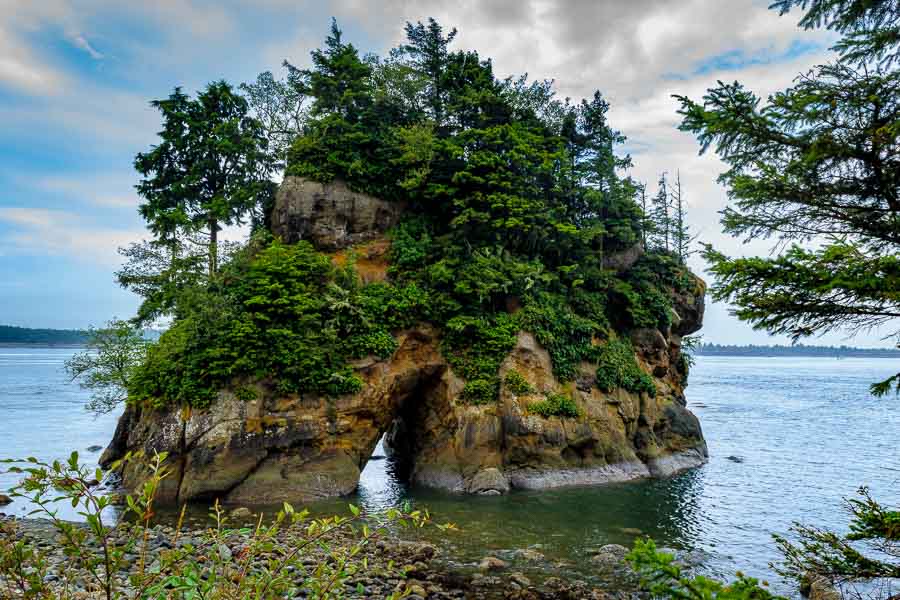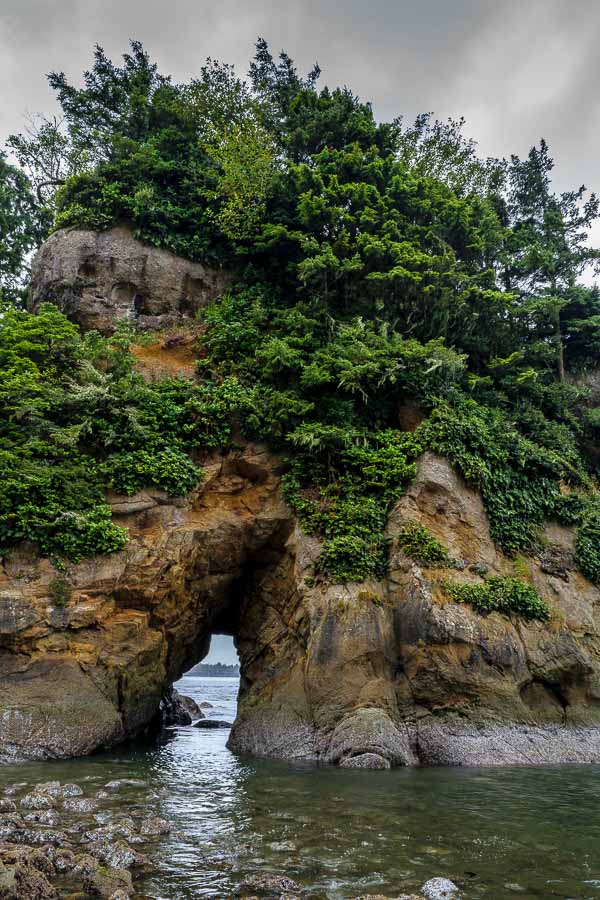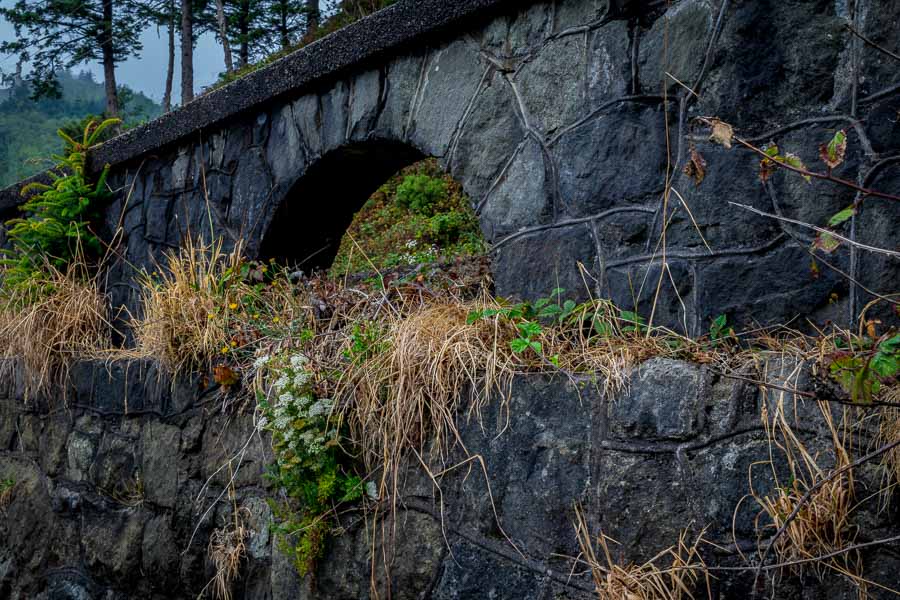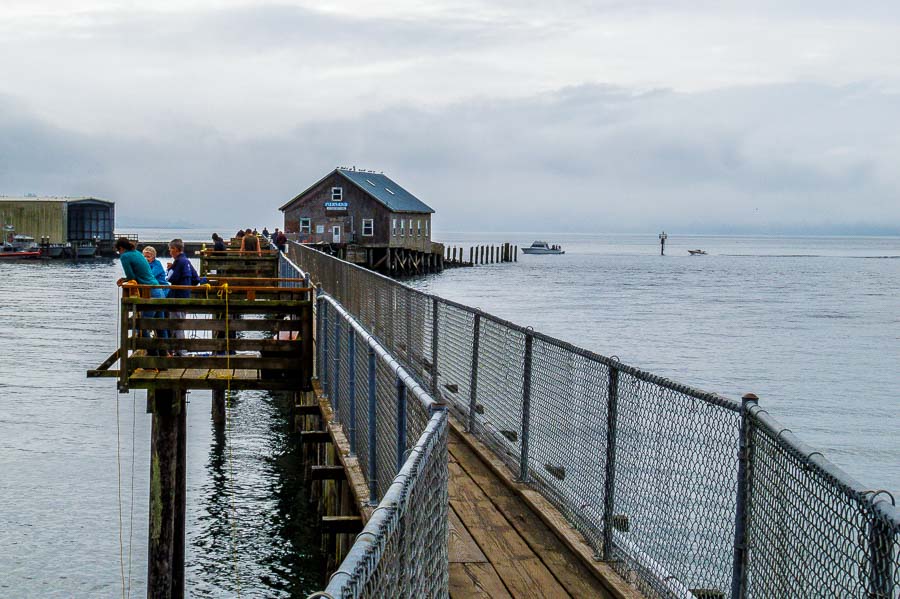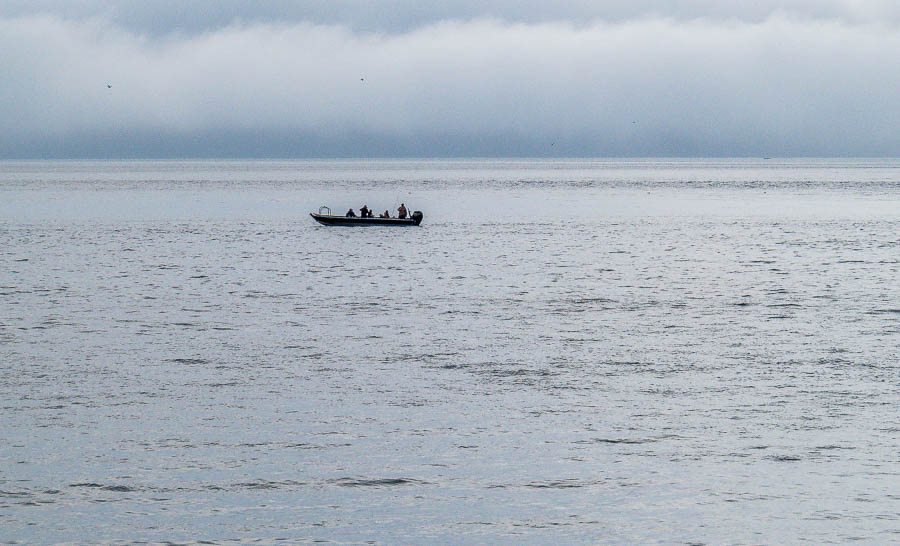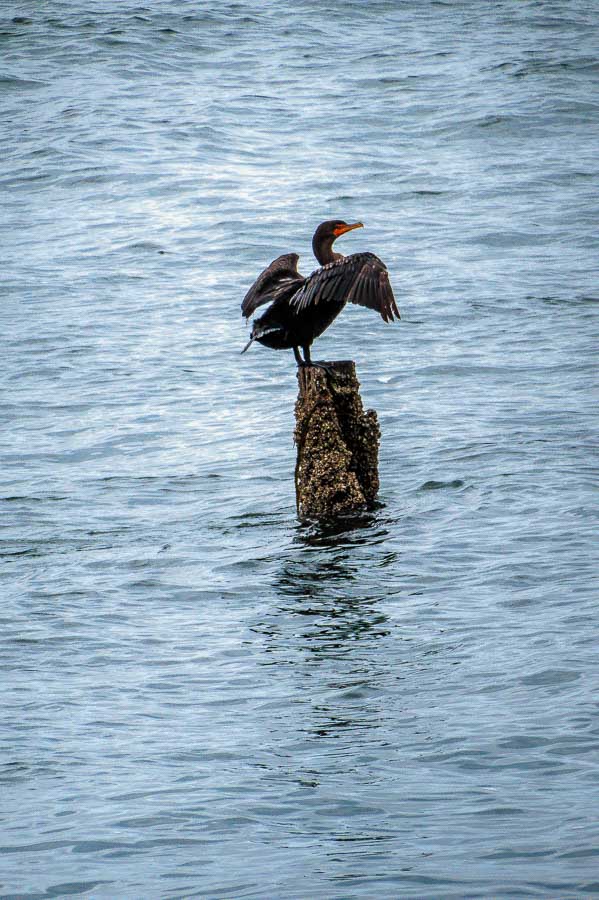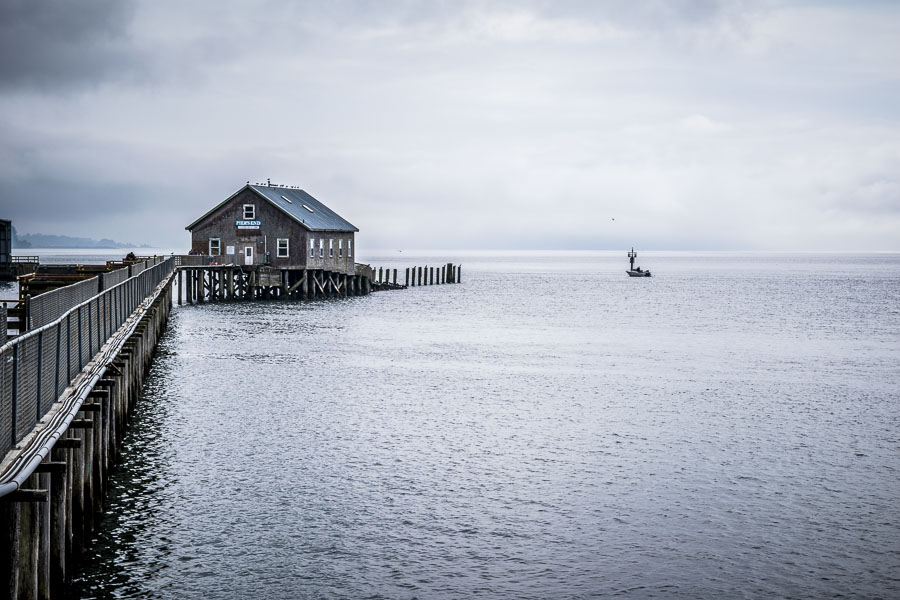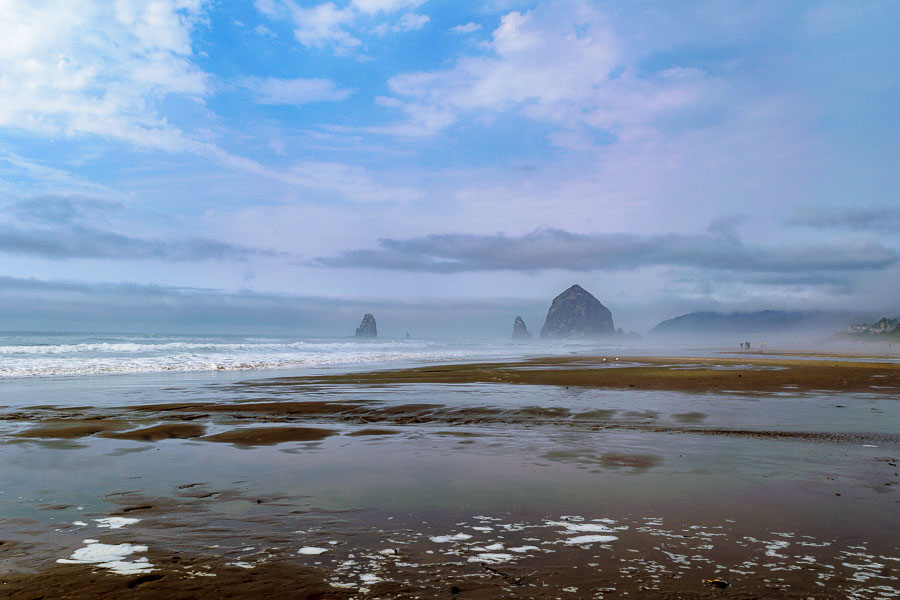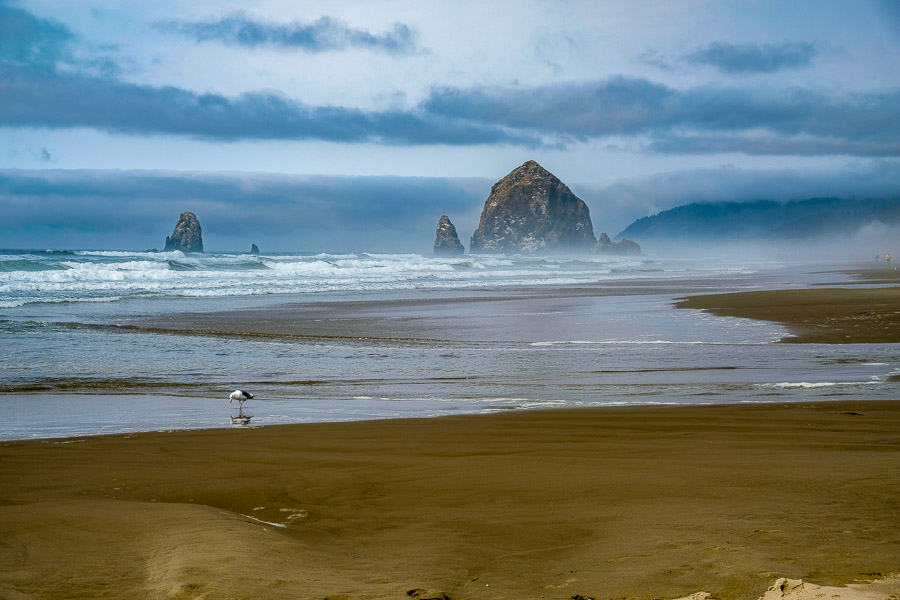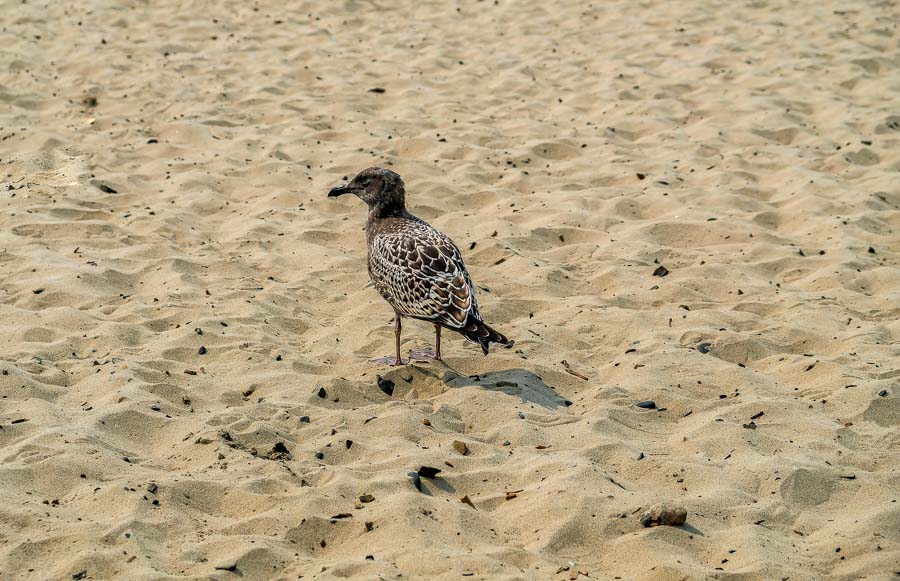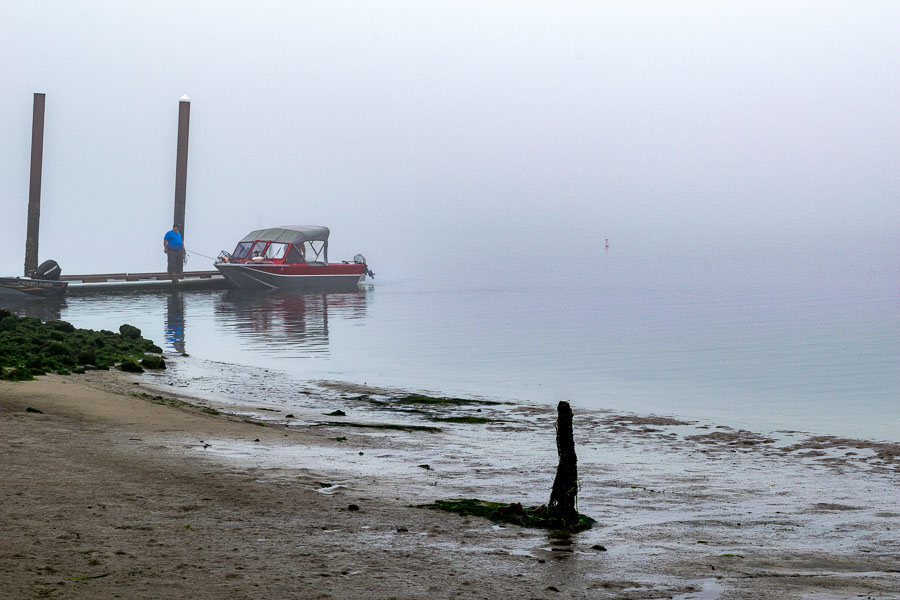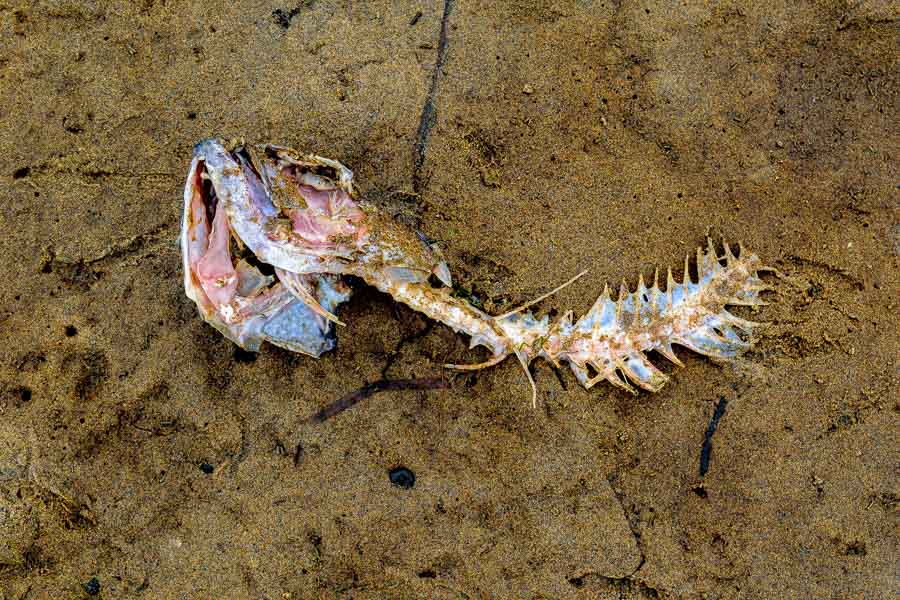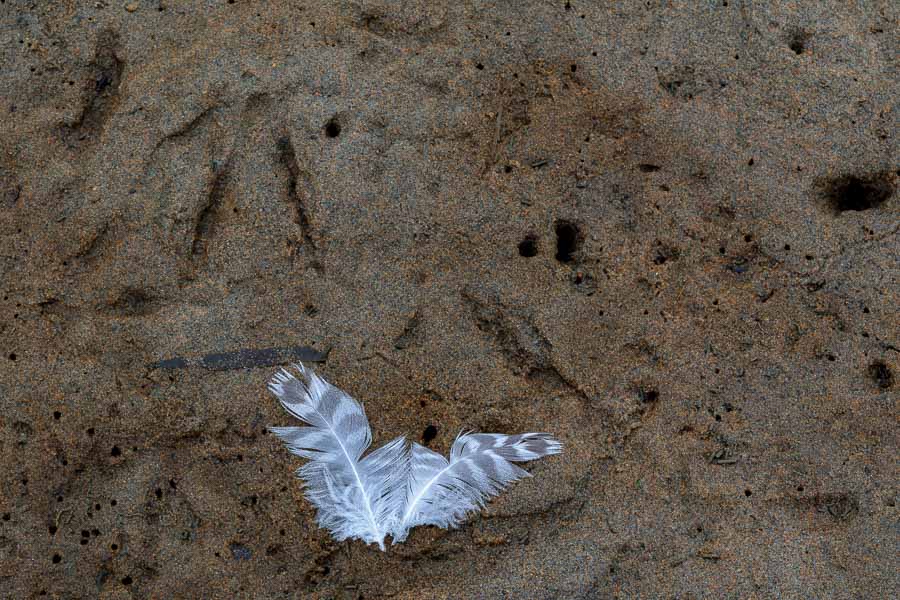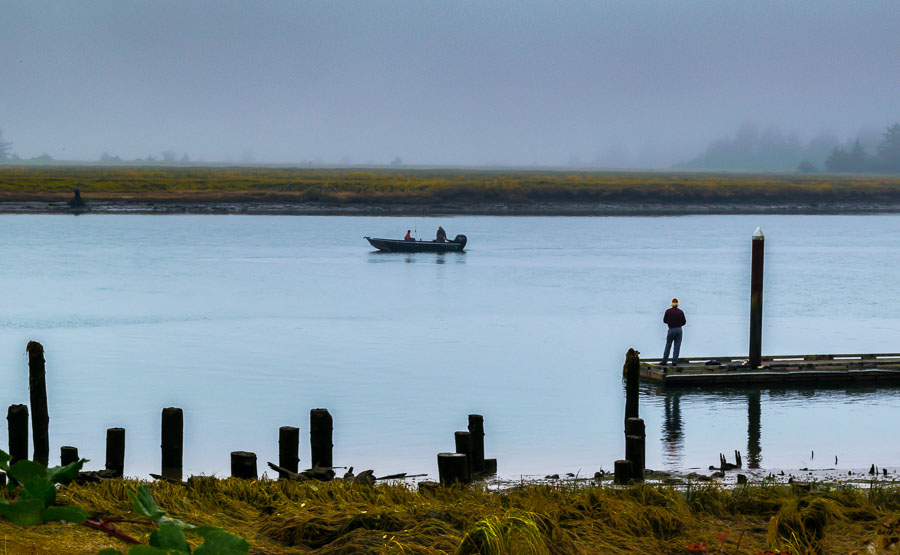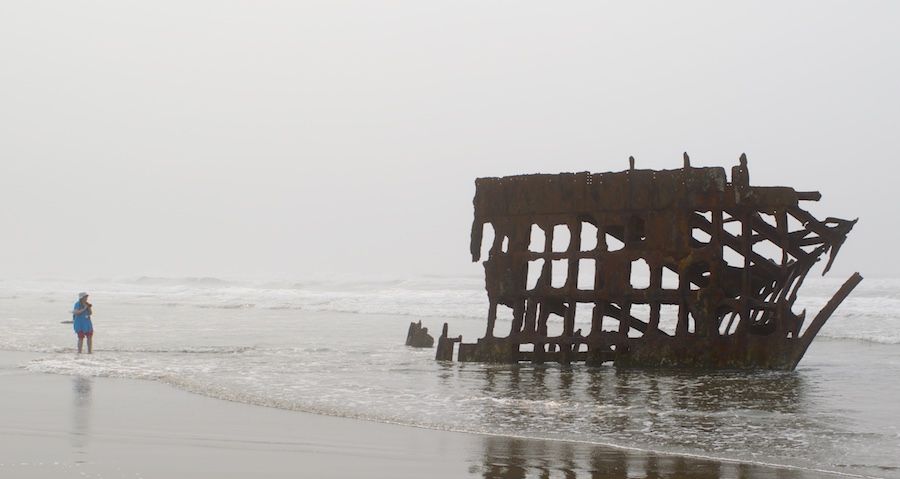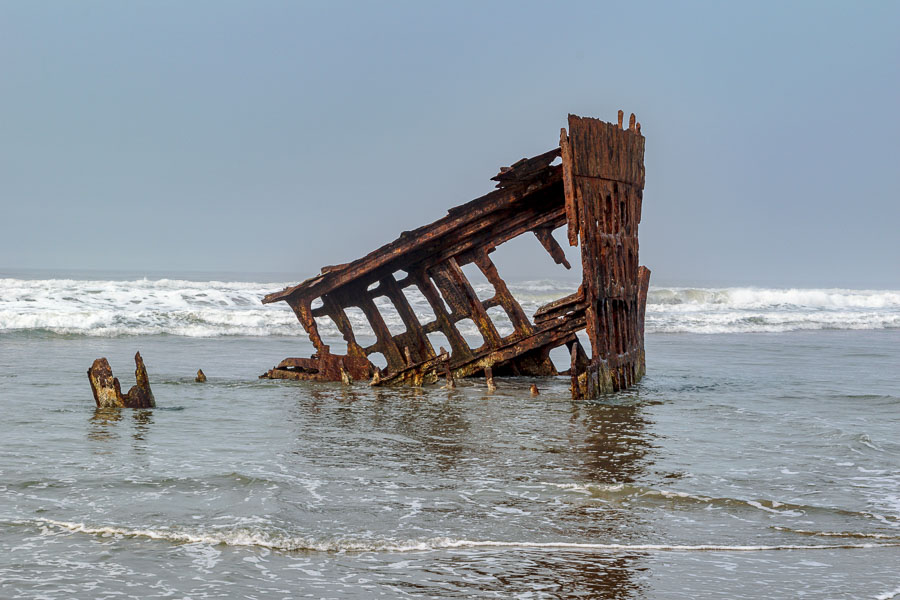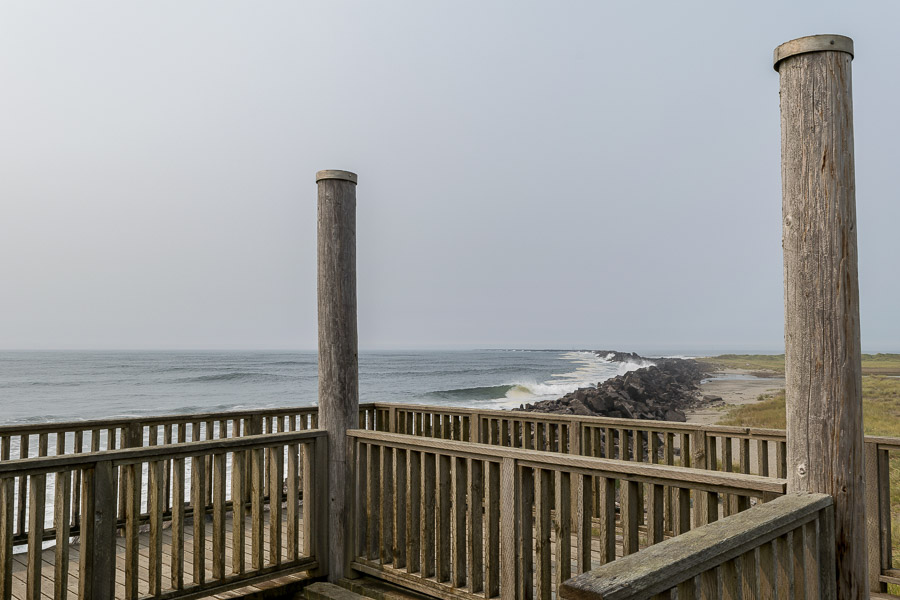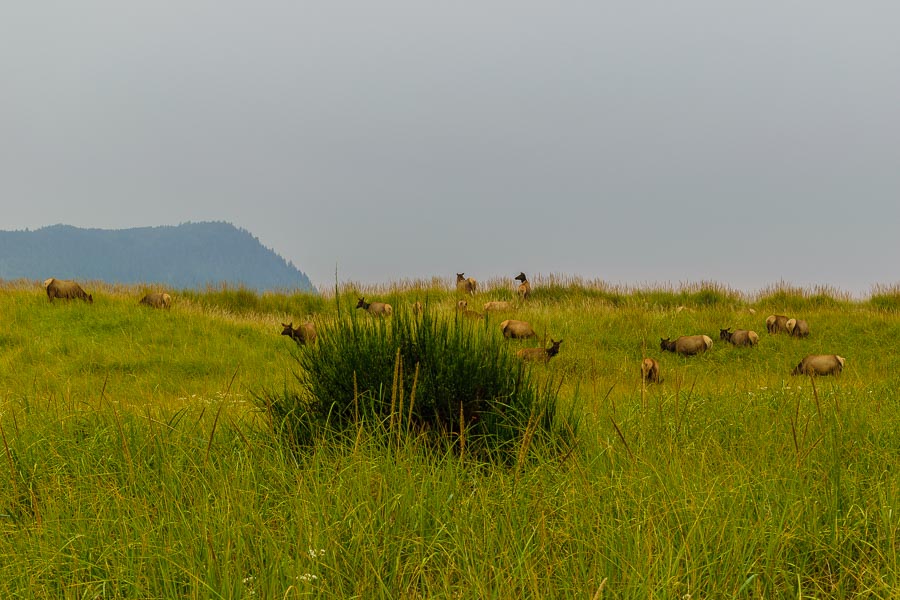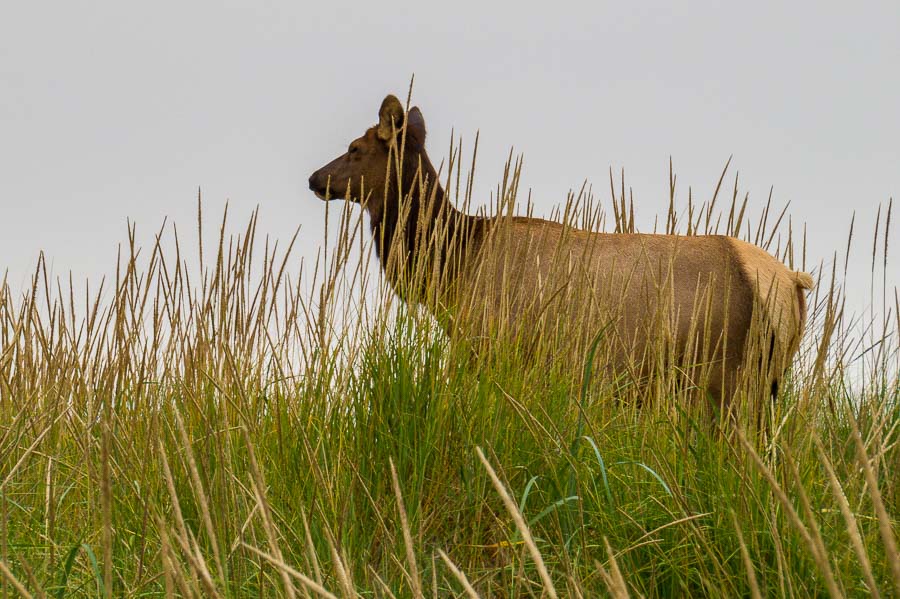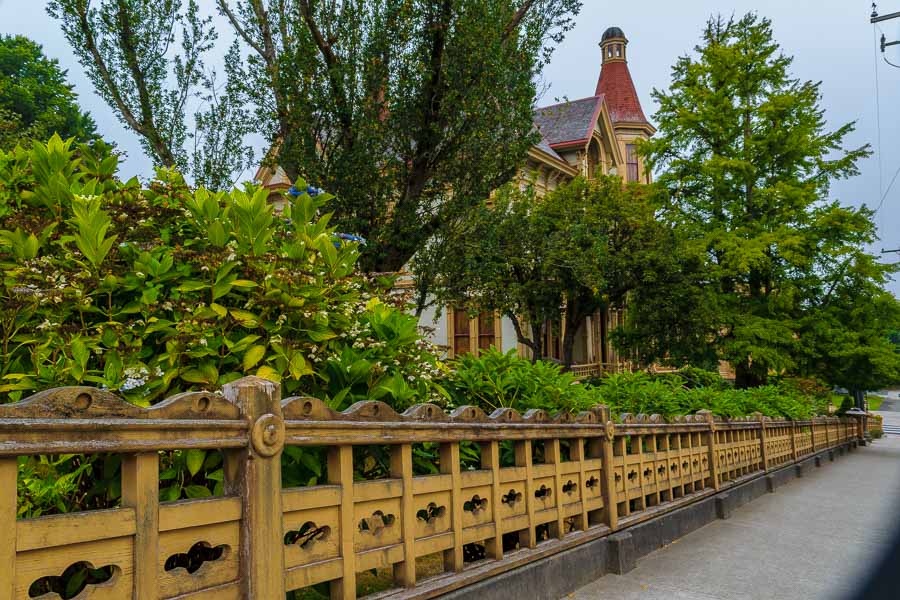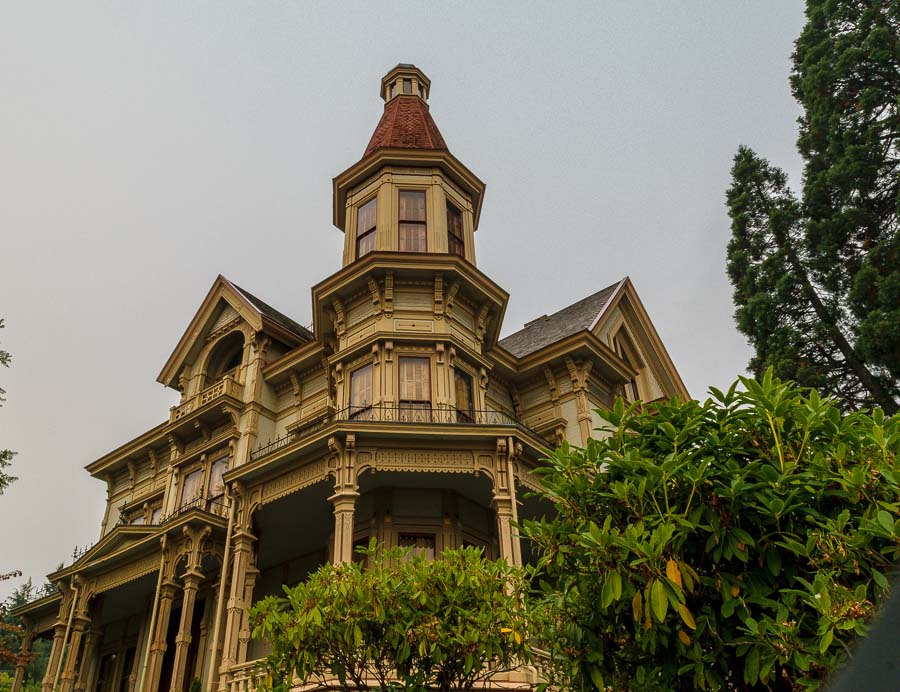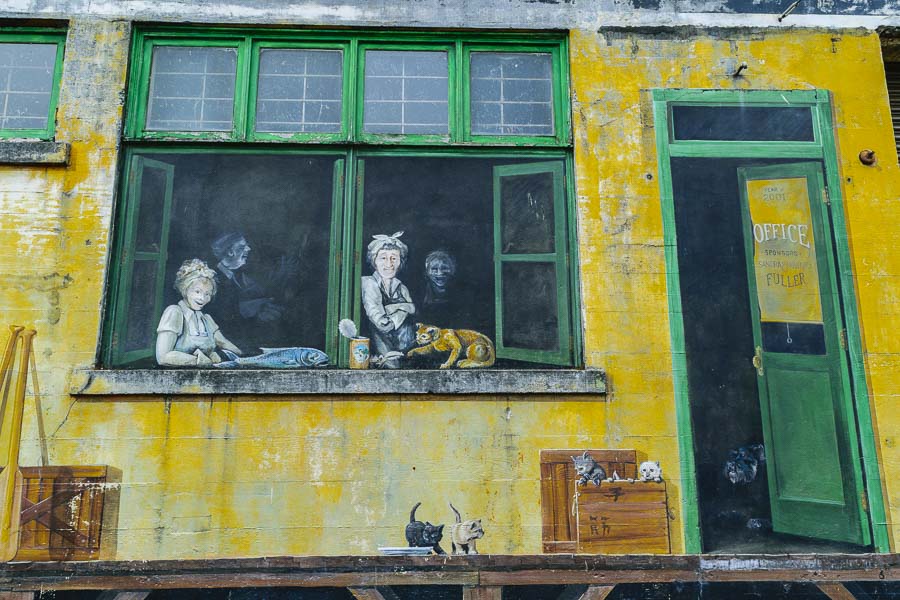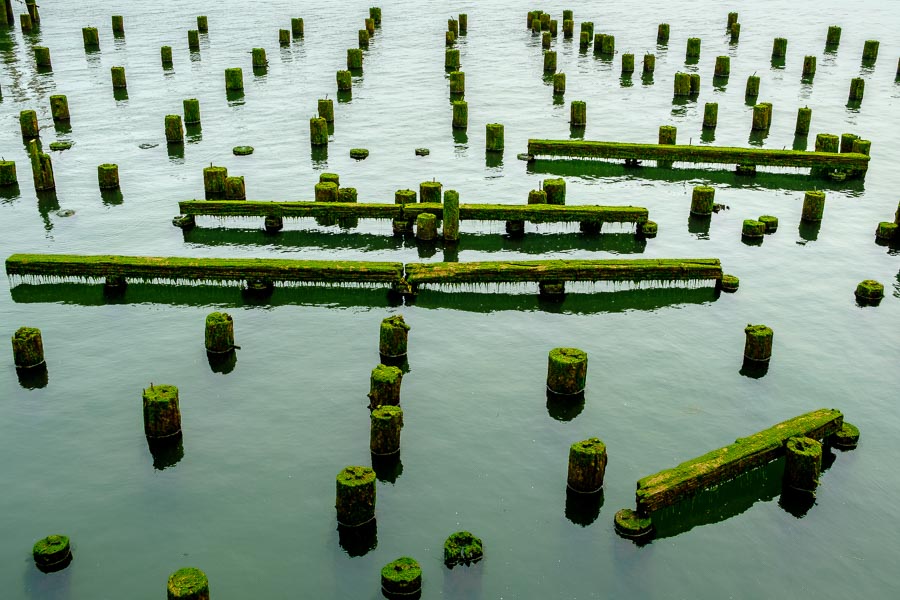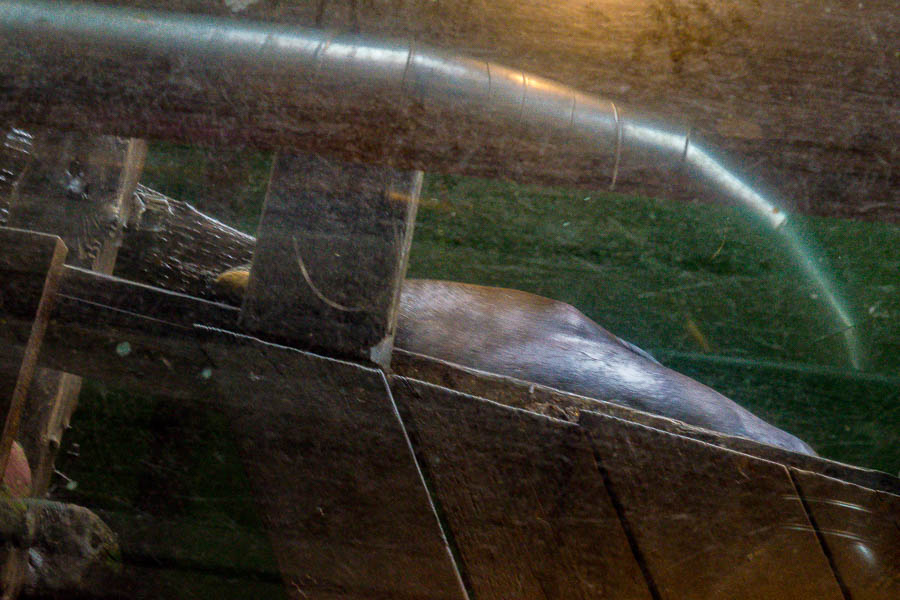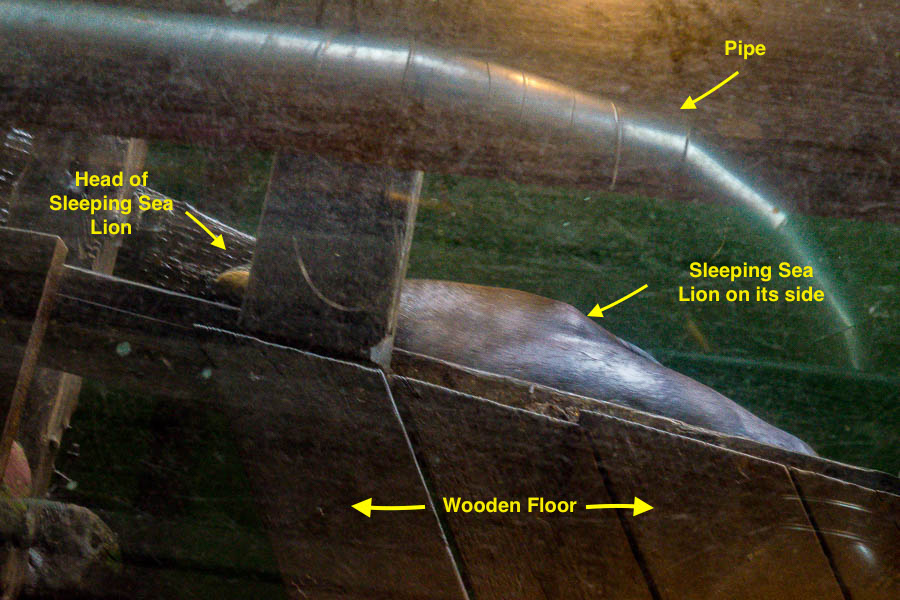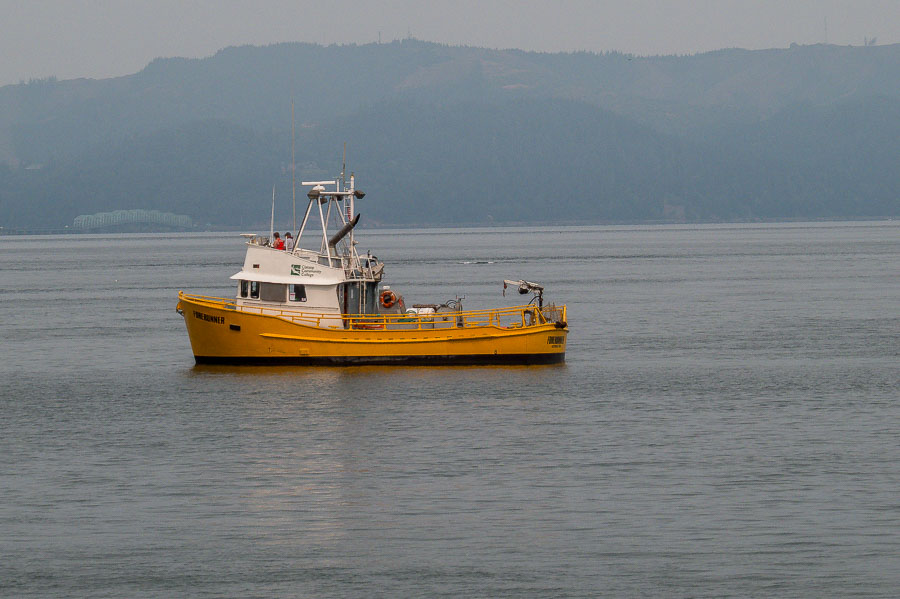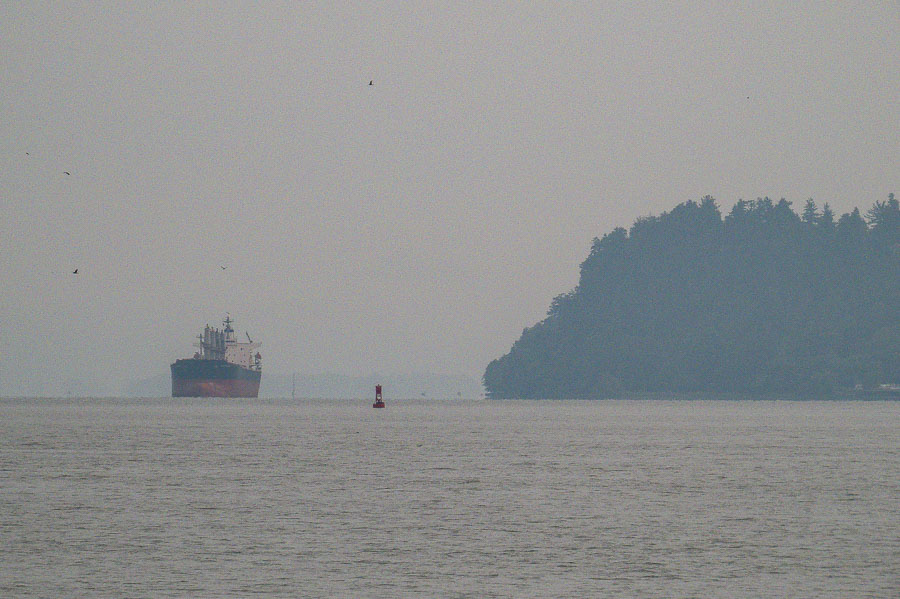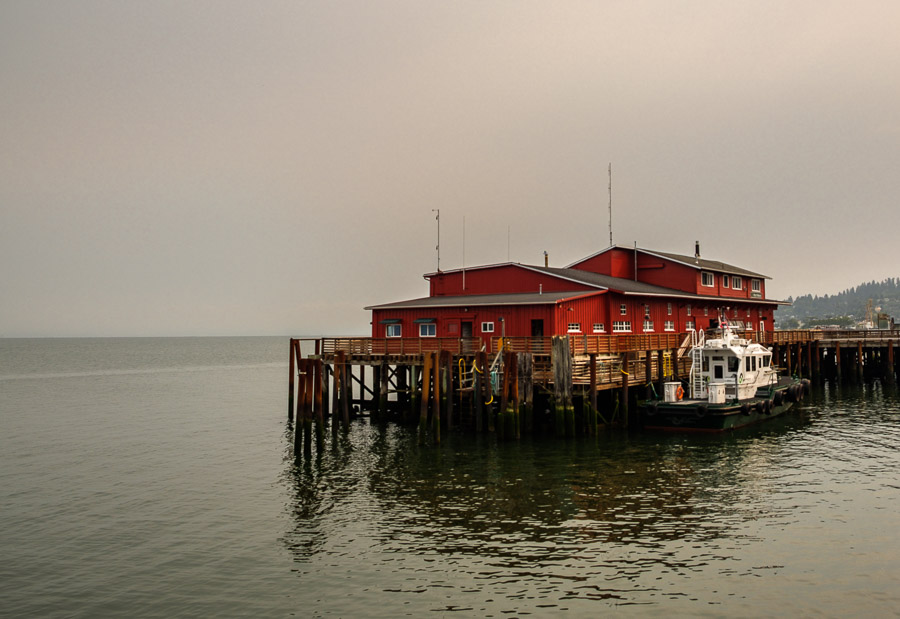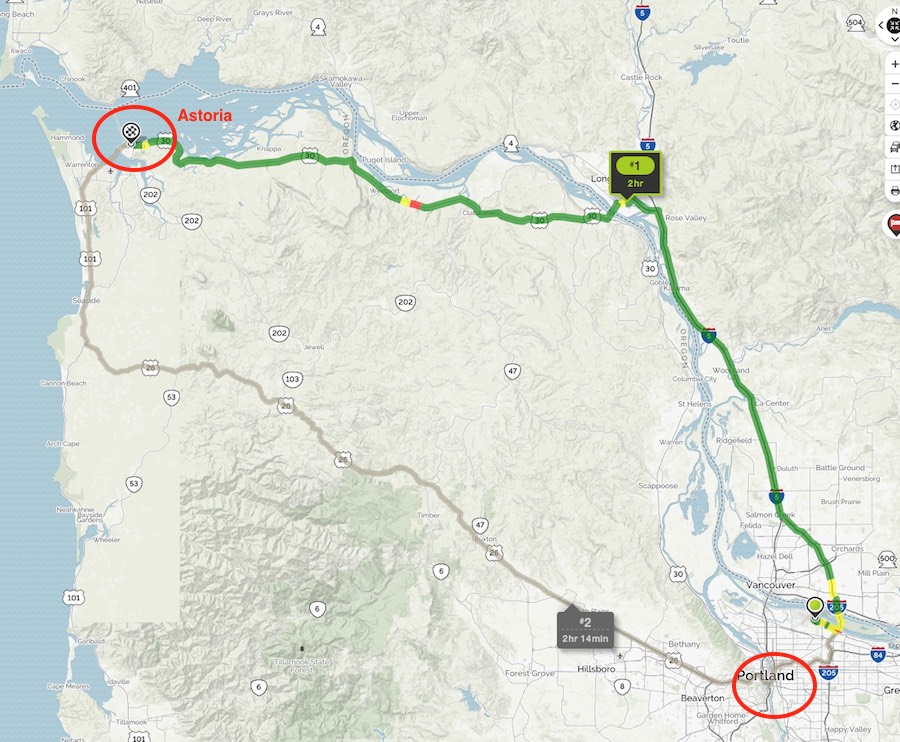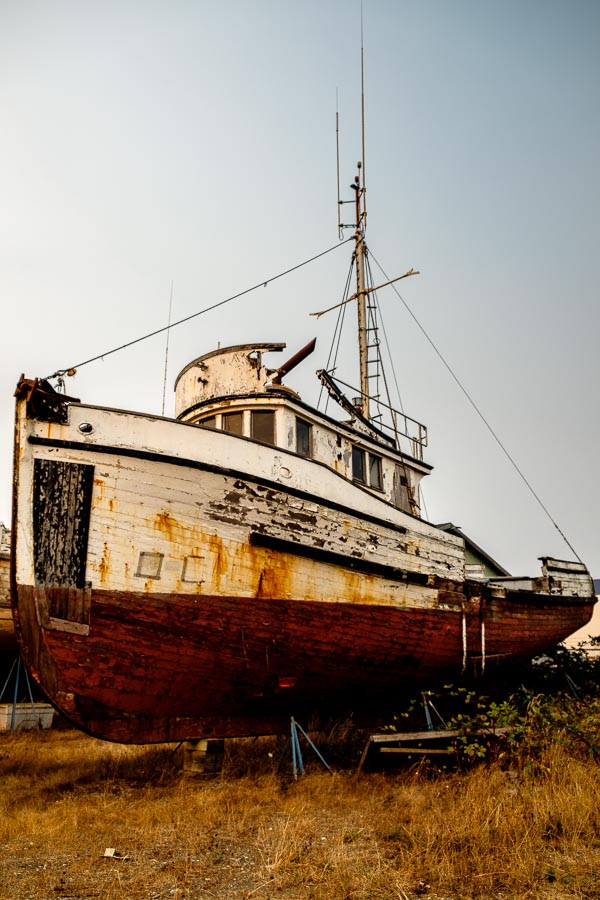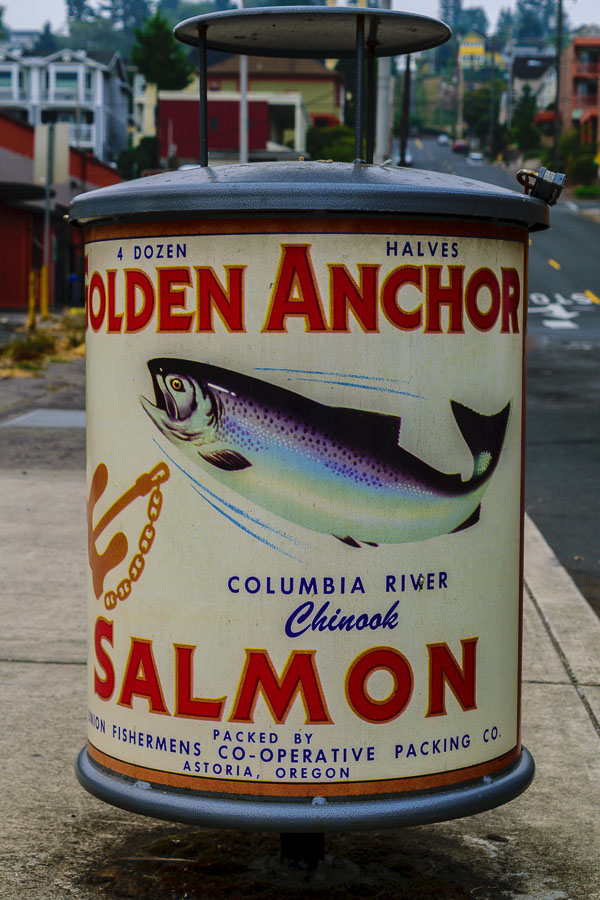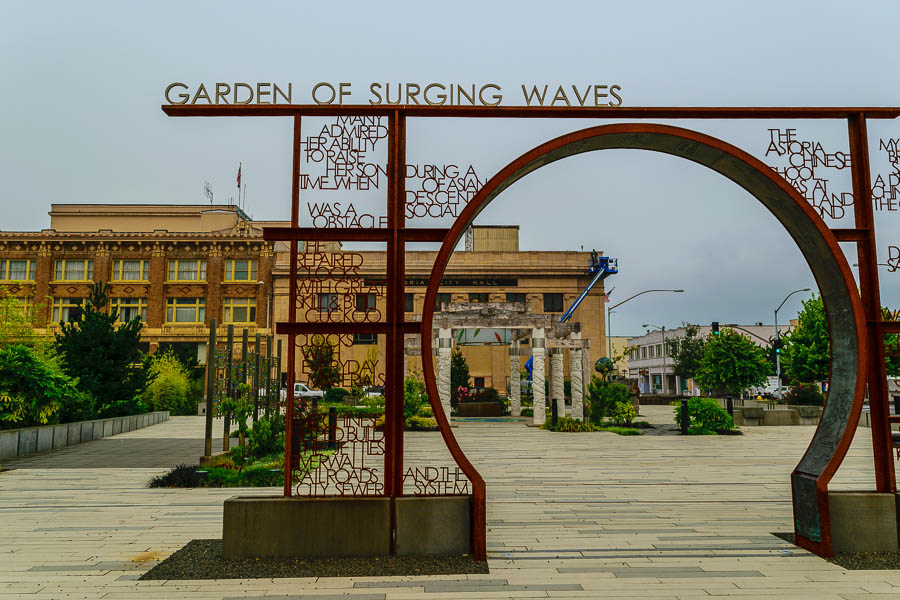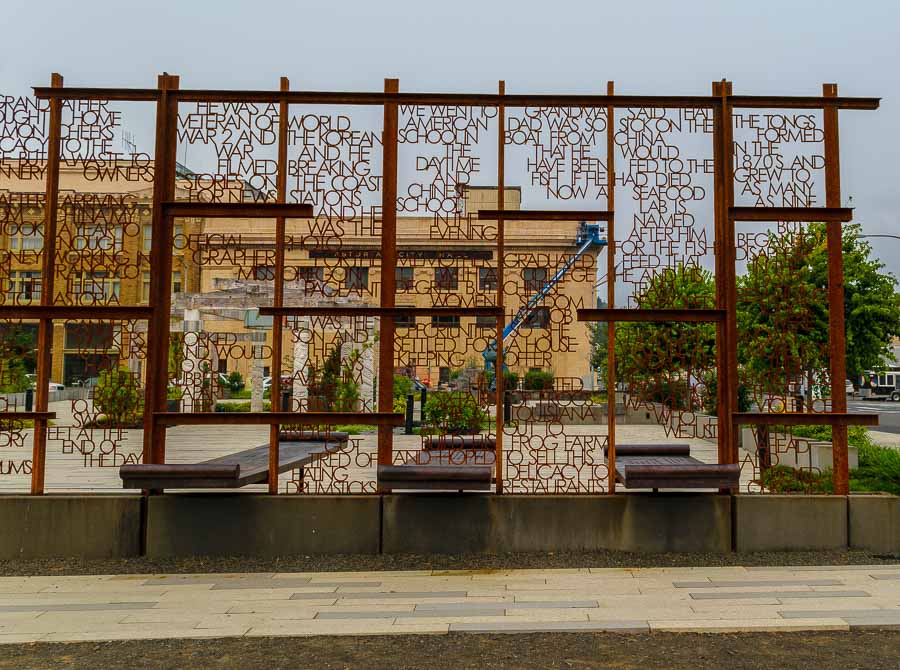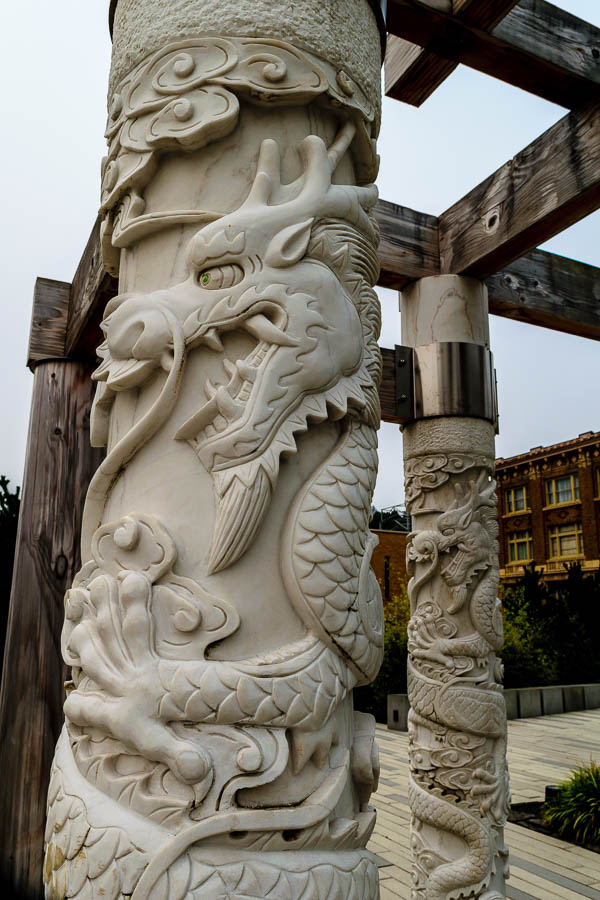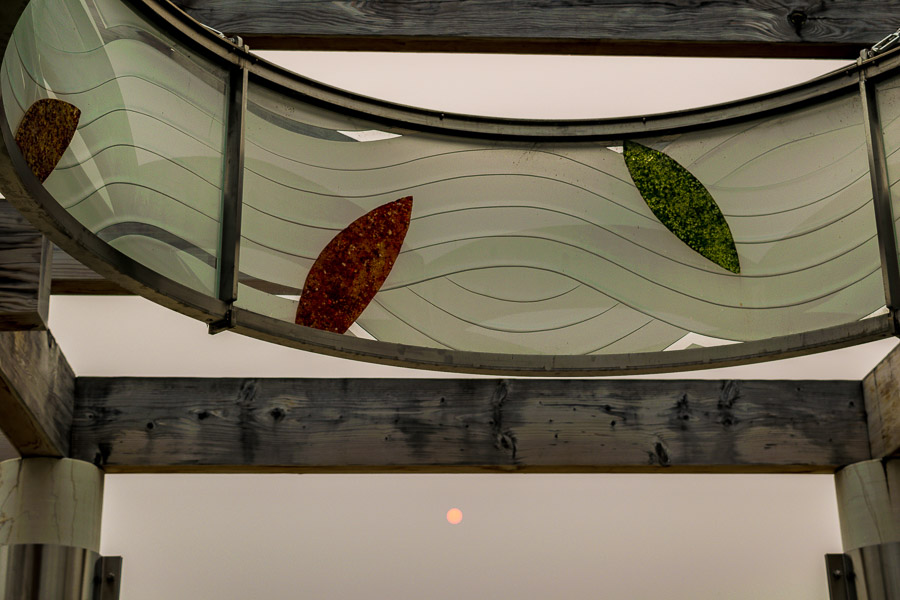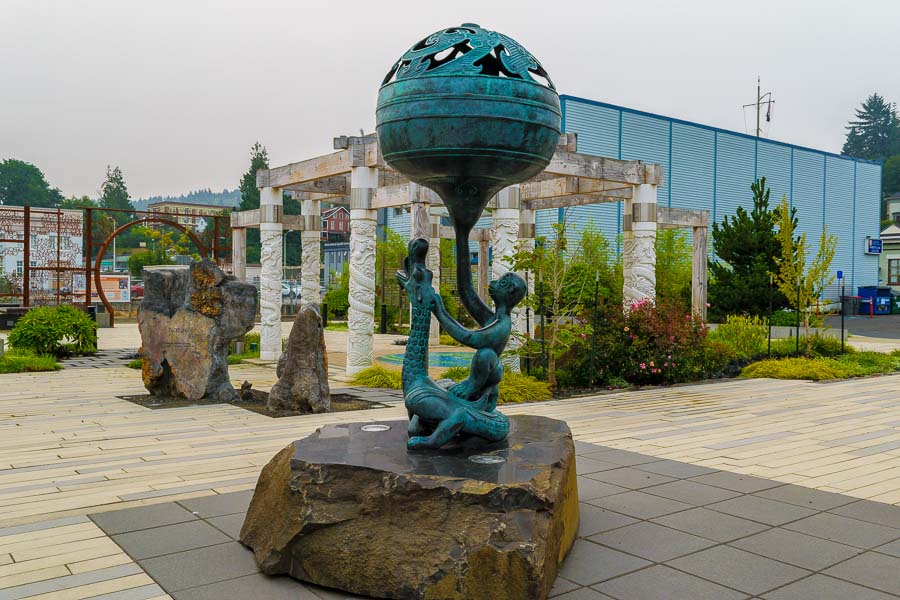As I stated or implied in my YOY (Year Of Yosemite) post Introduction, we had a grand time exploring the trails and mountains of this historic national park. When it comes to photography, I am really a fairly average amateur, but I am getting better. On this particular trip, I had three cameras with me:
My steadfast Canon PowerShot A590 IS which has been to so many places over so much time and still continues to provide faithful captures.
A PowerShot SX50HS which I use for birds, wildlife and anything that needs reach or isolation. I can easily open the aperture and isolate a subject. It has its drawbacks, but it fits into my particular work flow. I usually shoot in RAW format.
A Nikon D3300 which you can read about in my Photography Conundrum series. This provides the best overall quality among my cameras and has moderate “reach.”
When I am out and about exploring (which includes hiking and photography), I carry the photography essentials:
- A Giotto Rocket Blaster to keep the lenses dust free
-
A lens cleaning cloth in the vent my lenses get wet or need cleaning that Giotto cannot provide
- Extra memory cards (2 with me and more packed away)
- Extra batteries for each camera
- A whistle in case I encounter trouble and need to get attention
All of the above is contained in a belly pack and I keep my Canon PS A590 holsetered in one of the side pockets of that belly pack.
My other cameras go around my neck and I tether them to my back pack using carabiners so they don’t go bouncing all over as I climb and boulder scramble.
I don’t keep my cameras in a backpack in the event I need them in a hurry.
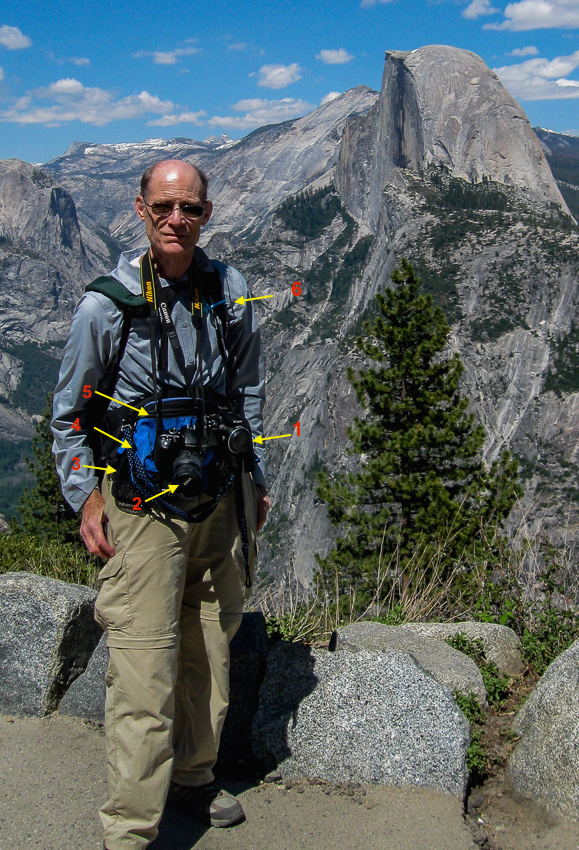
So… How does this all fit together?
- Canon PowerShot SX50 HS that I use when I need reach, i.e. distance/wildlife
- New Nikon D3300 – Better quality, limited zoom
- Side pocket of my belly pack where I usually keep my PowerShot A590 for story telling photos
- Tether tied to the A590 so it doesn’t hit the ground if it falls
- Belly pack with numerous pockets for memory cards, Giotto Blaster, cleaning cloths, etc.
- Carabiner to keep cameras from jostling too much as I hike, bend, etc.
I do wear a hat when I hike, but I removed it for the photo!
Telling the Story
I take some photographs just to convey the story of where I have been and to indicate the overall “look-and-feel” of the hike. For this, I often use the jpeg only PS A590. These are not meant to be artistic photographs or pictures that are particularly significant although every once in a while I am surprised by the job this legacy camera does.
For most scenery I use the Nikon D3300 which has a nice kit lens that is fairly sharp and provides enough framing options to deliver the compositions I usually want.
The PowerShot SX50HS has some issues such as chromatic aberration and poor redndering at high ISO so I use it for wildlife and bird photography or any other picture for which I need the long reach. I sometimes use it as a substitute for binoculars if I want to see if anyone is clinging to the side of El Capitan, for example. I know I can generally deal with some of the camera’s “problems” in Lightroom and it also delivers some very good photos at ISO 200 or lower; 400 if I want to stretch it a bit.
The visit to Yosemite was a bucket list item for me so I tried something for the first time…
I brought a computer and external hard drive with me so I could back up my photographs on a daily basis. Each evening, I took time to create three folders on the external hard drive with the date, short name to indicate what we did that day and an abbreviation for the camera used. I did this so when I imported the pictures in to my photography software (Lightroom), I could apply presets for that individual camera. That is why I keep the pictures separated by date and by which camera was used.
NOTE – It is helpful to synchronize time and date on all cameras being used so pictures can be sorted according to capture time. Truth be told, I don’t always get this done and it isn’t a monumental problem although having the ability to sort by time/date is very useful.
I then systematically remove each memory card, place it into the computers hard drive and COPY the files into the specific folder (on the external hard drive) for that camera on that day. This is done for all three cameras. I am cautious so I double check how many pictures are in the new folder and how many are on the memory card for that day. When I am satisfied that I have transferred all photographs, I move on to the next memory card.
If there is a change in venue that I think I will have trouble remembering, I find a file (picture) that was taken in the place and time when the situation changed and I rename it leaving all native metadata in place. This helps me organize my photos later when I see a long name rather than just a capture number.
Now I have copied all three memory cards to the appropriate folder on the external hard drive. Before ejecting the external drive, I then copy the three new, daily folders into a parent folder on the computer itself.
This protocol gives me three copies of each file. I do not ever erase a memory card until I have copied all files to my desktop and have backed it up on at least one other device, perhaps two.
I don’t review my pictures on a daily basis except to look at a few from each camera to make sure that the camera is working properly. Is there a spot on the lens? Is there a series of pictures out of focus; why? If the cameras are working appropriately, I wait until I get home to review my images. I very seldom delete a picture during the backup process described above. Many a mediocre photo can be rescued in Lightroom or Photoshop.
I hope you have found my hiking/exploring regimen helpful and perhaps you have garnered a worthy idea or two. If you have questions, let me know in the comment section!
